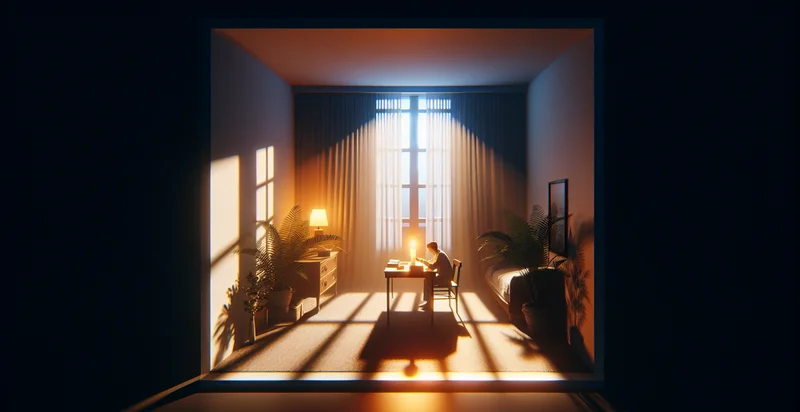Identify light diffusion quality
using AI
Below is a free classifier to identify light diffusion quality. Just upload your image, and our AI will predict the quality of light diffusion in various materials - in just seconds.

Contact us for API access
Or, use Nyckel to build highly-accurate custom classifiers in just minutes. No PhD required.
Get started
import nyckel
credentials = nyckel.Credentials("YOUR_CLIENT_ID", "YOUR_CLIENT_SECRET")
nyckel.invoke("light-diffusion-quality", "your_image_url", credentials)
fetch('https://www.nyckel.com/v1/functions/light-diffusion-quality/invoke', {
method: 'POST',
headers: {
'Authorization': 'Bearer ' + 'YOUR_BEARER_TOKEN',
'Content-Type': 'application/json',
},
body: JSON.stringify(
{"data": "your_image_url"}
)
})
.then(response => response.json())
.then(data => console.log(data));
curl -X POST \
-H "Content-Type: application/json" \
-H "Authorization: Bearer YOUR_BEARER_TOKEN" \
-d '{"data": "your_image_url"}' \
https://www.nyckel.com/v1/functions/light-diffusion-quality/invoke
How this classifier works
To start, upload your image. Our AI tool will then predict the quality of light diffusion in various materials.
This pretrained image model uses a Nyckel-created dataset and has 20 labels, including Balanced, Bright, Crisp, Diffused, Dim, Flat, Focused, Gentle, Harsh and High Contrast.
We'll also show a confidence score (the higher the number, the more confident the AI model is around the quality of light diffusion in various materials).
Whether you're just curious or building light diffusion quality detection into your application, we hope our classifier proves helpful.
Related Classifiers
Need to identify light diffusion quality at scale?
Get API or Zapier access to this classifier for free. It's perfect for:
- Quality Control in Manufacturing: This function can be employed in manufacturing processes where light-diffusing products, like lamps or screens, are produced. By identifying false images that do not meet quality standards, manufacturers can ensure that only products with optimal light diffusion are delivered to consumers.
- Architectural Lighting Design: Architects and lighting designers can use this function to evaluate the light diffusion characteristics of materials in simulations. By filtering out false representations, designers can make informed decisions about material selection to enhance aesthetic and functional light distribution in their projects.
- Art and Cultural Heritage: Museums and galleries can implement this function to assess the light diffusion quality of artworks and exhibits. This ensures that the displayed items maintain their visual integrity without distortion, providing a better experience for visitors while preserving the artwork.
- Automotive Headlight Testing: Automotive manufacturers can utilize this function to inspect the light diffusion quality of headlights. By detecting false images, they can ensure that headlights provide safe and effective illumination on the road, improving vehicle safety standards.
- Medical Imaging Analysis: In the field of medical imaging, this function can enhance the accuracy of light-based diagnostic tools. By identifying and filtering out false images, healthcare professionals can improve the reliability of image-based diagnoses, leading to better patient outcomes.
- Smart Home Technology: Smart home devices that utilize light diffusion, such as smart bulbs or sensors, can use this function for real-time image classification. This helps in adjusting lighting conditions based on accurate environmental assessments, enhancing user experience and energy efficiency.
- Sustainability in Product Development: Companies focused on sustainable product development can leverage this function to evaluate materials based on their light diffusion quality. By accurately identifying materials that perform well, businesses can promote energy-efficient designs while emphasizing their commitment to sustainability.


